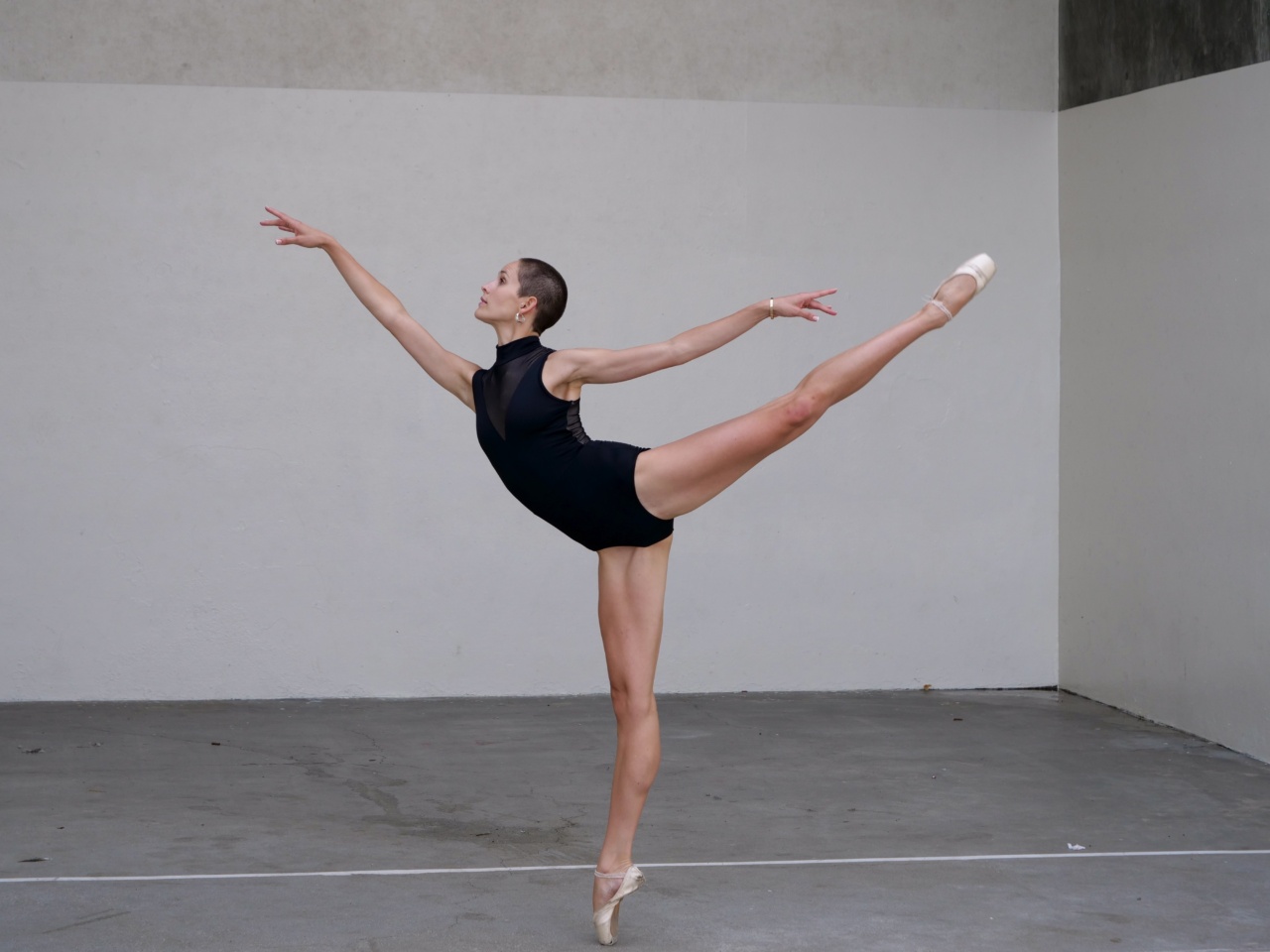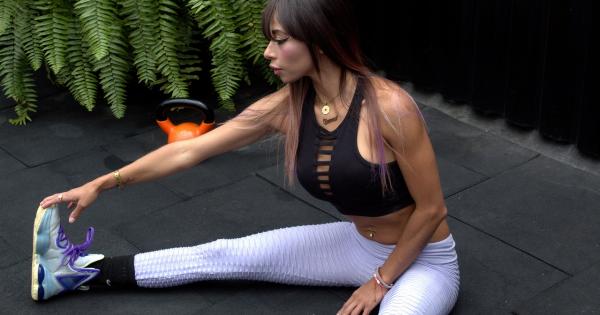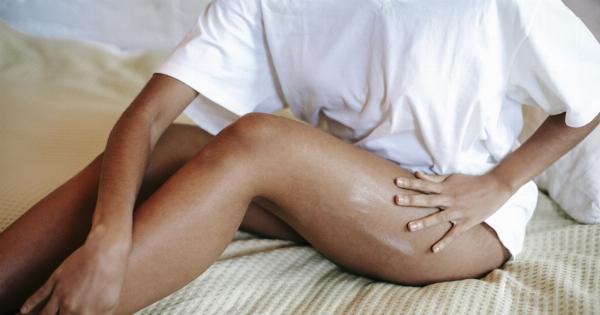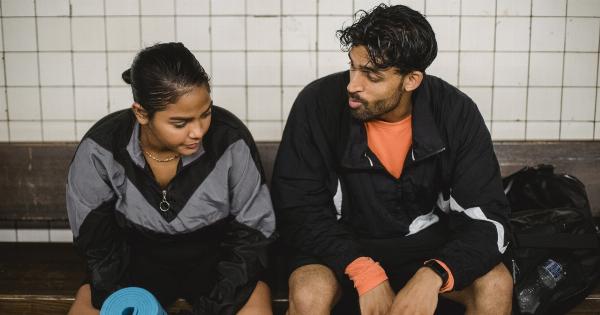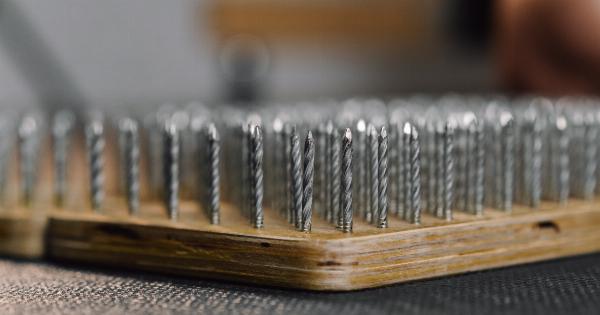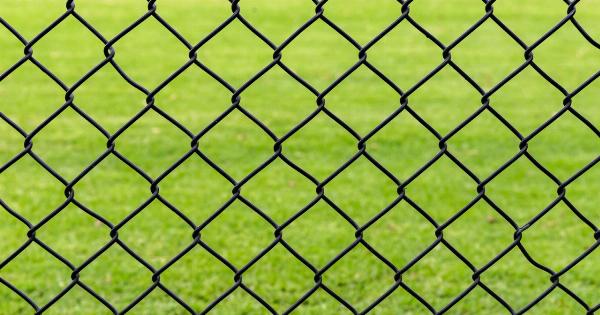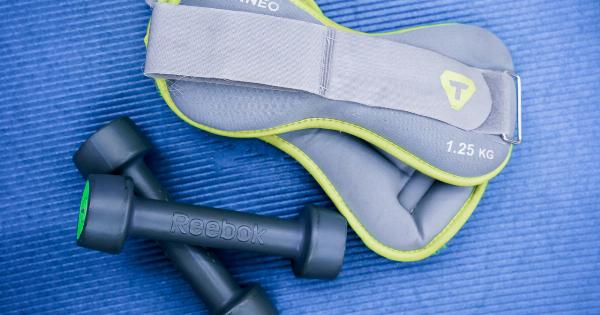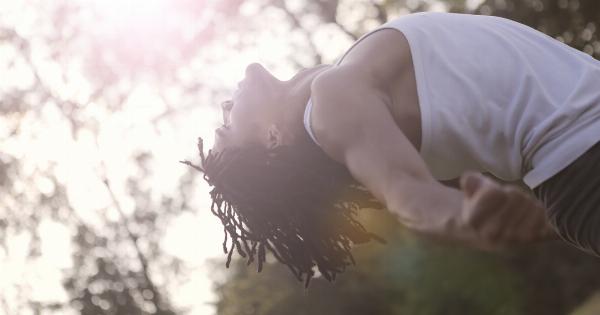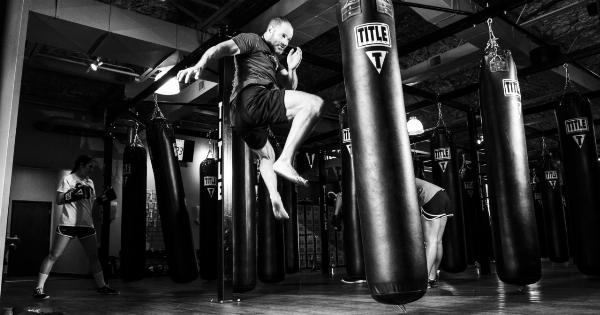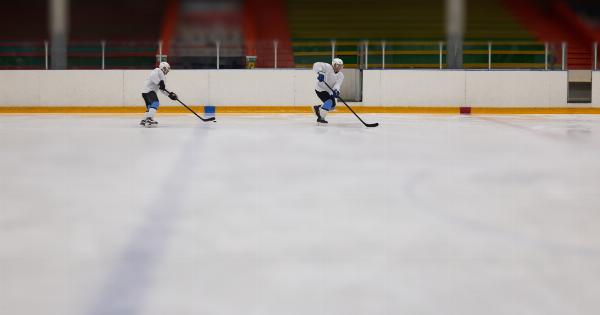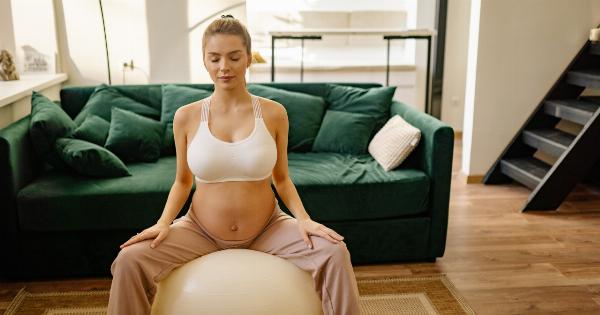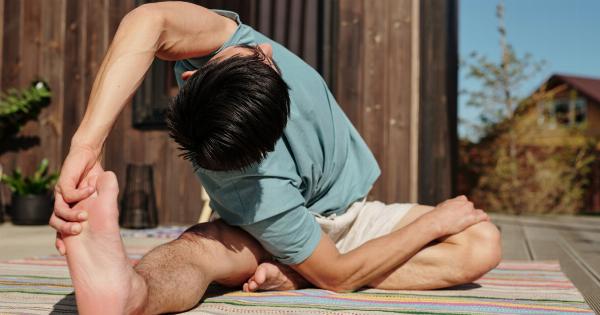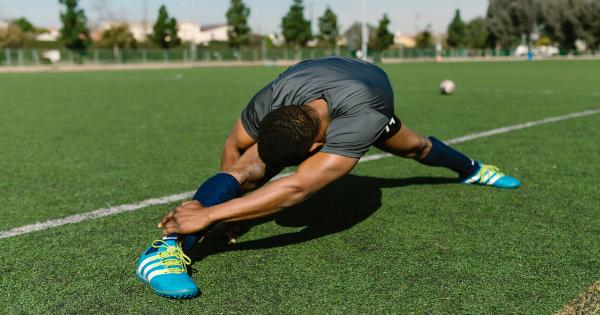Flexibility plays a crucial role in our overall well-being and physical performance. The ability to touch your toes is often used as a benchmark to gauge your flexibility.
But is it really that simple? Let’s delve into this particular question and explore three simple moves that will help assess your current level of flexibility.
Why Touching Your Toes Matters
Touching your toes might seem like a trivial task, but it actually indicates how flexible your hamstrings, lower back, and hip flexors are.
These areas are commonly tight due to our sedentary lifestyles, leading to poor posture, muscle imbalances, and an increased risk of injuries.
Having good flexibility in these regions allows for better movement mechanics and prevents strain on the lower back. Additionally, flexibility enhances athletic performance, increases blood flow, and promotes joint health.
How to Assess Your Flexibility
Before we explore the three simple moves, it’s essential to understand how to assess your flexibility accurately. One of the most common ways to measure hamstring and lower back flexibility is through the sit-and-reach test.
The Sit-and-Reach Test: Find a flat surface and place a measuring tape on the ground. Sit with your legs straight out in front of you, feet together, and toes pointed upward. Extend your arms forward, placing one hand on top of the other.
Slowly exhale and reach forward, sliding your hands along the measuring tape. Note the distance you reach.
Now that you understand how to measure your flexibility, let’s proceed to the three simple moves that will unveil just how flexible you are.
1. Standing Forward Bend
The standing forward bend is a basic move that targets your hamstrings, calves, and lower back.
How to Perform:.
- Stand with your feet hip-width apart and slightly bend your knees.
- Exhale deeply and slowly fold forward from your waist, keeping your back straight.
- Reach down and try to touch the ground with your fingertips.
- Avoid bouncing or jerking, and instead, stay relaxed and hold the stretch for 15-30 seconds.
- Gradually increase the stretch by bending your knees slightly more if comfortable.
If you can touch the ground easily without feeling any discomfort, it indicates good flexibility in your hamstrings and lower back. However, if you cannot reach the ground or feel tightness, it suggests some areas for improvement.
2. Seated Forward Bend
The seated forward bend mainly targets your hamstrings, lower back, and hip flexors.
How to Perform:.
- Sit on the ground with your legs extended straight in front of you.
- Bend your knees if necessary to maintain a straight back.
- Take a deep breath and extend your arms overhead.
- Exhale slowly and lower your upper body, trying to reach for your toes.
- Hold the stretch for 15-30 seconds, feeling the stretch in your hamstrings.
Similar to the standing forward bend, if you can touch your toes effortlessly or even put your palms flat on the ground, it indicates excellent flexibility.
However, if you struggle to reach beyond your shins or feel considerable tightness, it suggests that you need to focus on stretching those areas consistently.
3. Downward Dog Pose
The downward dog pose is a fundamental yoga posture that stretches various muscle groups, including the hamstrings, calves, and upper back.
How to Perform:.
- Start in a plank position with your hands directly under your shoulders.
- Press your hands firmly into the ground and lift your hips, pushing them back and up.
- Keep your knees slightly bent if needed, with your heels aiming towards the ground.
- Stretch your arms, elongating your spine, and feel the stretch in your hamstrings and calves.
- Hold the pose for 30-60 seconds, focusing on deep breaths.
If you can achieve a full extension, with your heels touching the ground and your body forming an inverted “V,” it indicates excellent flexibility.
However, if you struggle to press your heels down or experience discomfort in your hamstrings, it suggests a need for regular stretching and mobility work.
Improving Your Flexibility
Remember, flexibility is not static and can be improved over time with consistent effort. Here are some additional tips to enhance your flexibility:.
- Include stretching exercises in your daily routine, targeting tight areas.
- Try yoga or Pilates classes that focus on flexibility and mobility.
- Practice dynamic warm-up exercises before workouts to increase your range of motion.
- Consider foam rolling or using massage therapy tools to release muscle tension.
- Listen to your body and avoid overstretching or forcing movements beyond your comfortable range.
By following these simple tips and incorporating targeted stretches into your routine, you can significantly improve your flexibility and ultimately be able to touch your toes effortlessly.
